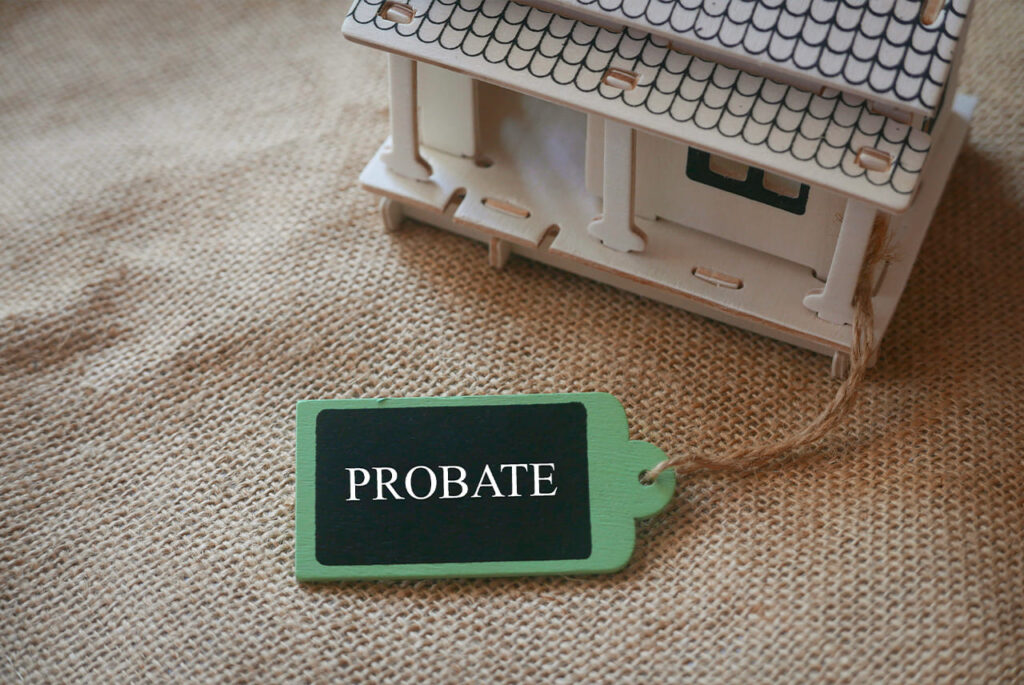As parents, we strive to provide for our children’s future financial security and well-being. One way to achieve this goal is by creating trusts for their benefit, ensuring that they have access to assets and resources when they need them most. However, determining when children should become trustees or co-trustees of their own trusts is a decision that requires careful consideration. In this legal blog, we explore the factors to consider when empowering children as trustees of their own trusts in New York, the importance of appointing independent trustees, and how the spendthrift statute provides additional protection for children from creditors.

When to Empower Children as Trustees
Empowering children as trustees of their own trusts can be a valuable opportunity to teach financial responsibility and foster independence. However, the decision should be based on several factors, including:
1. Maturity and Financial Literacy: Consider whether the child has the maturity and financial literacy to effectively manage trust assets and make sound decisions regarding investments, distributions, and administrative responsibilities.
2. Age and Legal Capacity: In New York, individuals must be at least 18 years old to serve as trustees. Ensure that the child has reached the legal age of capacity before appointing them as a trustee or co-trustee.
3. Parental Guidance: Even if children are appointed as trustees, parental guidance and oversight can still play a crucial role in ensuring the prudent management of trust assets and adherence to the trust’s terms and purposes.
The Role of Independent Trustees
While children may serve as trustees of their own trusts, parents may also consider appointing independent trustees to act alongside them. Independent trustees can offer several benefits, including:
1. Objectivity: Independent trustees can provide an objective perspective and help prevent conflicts of interest that may arise when family members serve as trustees.
2. Expertise: Independent trustees often have specialized knowledge and expertise in trust administration, investment management, and fiduciary responsibilities, enhancing the overall effectiveness of trust management.
3. Continuity: Independent trustees can ensure continuity of trust administration in the event of changes in family dynamics or unforeseen circumstances affecting the child’s ability to serve as trustee.
The Spendthrift Statute in New York
In New York, trusts may include spendthrift provisions that protect trust assets from creditors’ claims, including those of the trust beneficiaries. These provisions restrict the ability of creditors to reach trust assets to satisfy debts or judgments against the beneficiaries. By including spendthrift provisions in trusts for their children, parents can provide an additional layer of protection against potential creditors’ claims, safeguarding the children’s inheritance for their benefit.
Nurturing Financial Independence and Security
Empowering children as trustees of their own trusts can be a powerful tool for nurturing financial independence and security. By carefully considering factors such as maturity, age, and parental guidance, parents can determine the appropriate timing for children to assume trustee responsibilities. Additionally, appointing independent trustees and including spendthrift provisions in trusts can further enhance the protection and management of trust assets for the benefit of the children. Consult with Schwartsman Law Group to explore the options available for structuring trusts to empower your children and secure their financial future.


